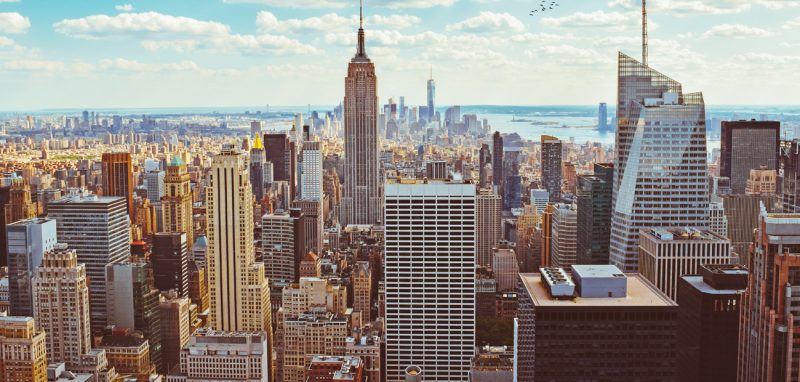The latest housing data shows consumers returning to urban areas after abandoning cities for the suburbs in the early days of the COVID-19 pandemic. In places such as New York, San Francisco, Chicago, and Boston, some rental buildings went from full occupancy to 50% vacant as remote work and school enabled residents to move to less congested areas.
But now there are signs of a reversal of that trend.
The Greater Boston Association of REALTORS® reports that sales of single-family homes and condos in the city were at their highest levels on record in October. In Chicago, home sales surged 39% the same month compared to a year ago, according to the Illinois Association of REALTORS®. In New York, single-family home sales jumped 34% from September to October.
However, real estate experts note that San Francisco—one of the nation’s priciest markets—has not yet seen a major spike in home sales. Still, new listings in the Bay Area surged 46% year over year in October, and the median home price in the city has dropped 1.6% compared to a year ago. Several major San Francisco–based companies like Facebook and Twitter have announced indefinite work-from-home plans, freeing workers to move.
But the appeal of big cities likely will return as the coronavirus vaccine rollout escalates, real estate experts predict. “I expect the big-city market to stay hot for a more gestalt reason: because city dwellers are city people,” Ryan Serhant, a real estate professional who stars in the Bravo network’s “Million Dollar Listing New York,” writes for Forbes.com. “City dwellers aren’t the type who want to live in rural areas, have only one or two local restaurants to choose from, and lose the electric energy that makes our cities such special places to be. Collectively, we are all looking ahead and looking forward to a return to pre-pandemic life.”
Source: “Has the COVID Exodus Ended? Buyers Are Flooding Back to These 3 Major Cities,” Forbes.com (Dec. 30, 2020) and “Coming Home,” The New York Times (Jan. 1, 2020)













